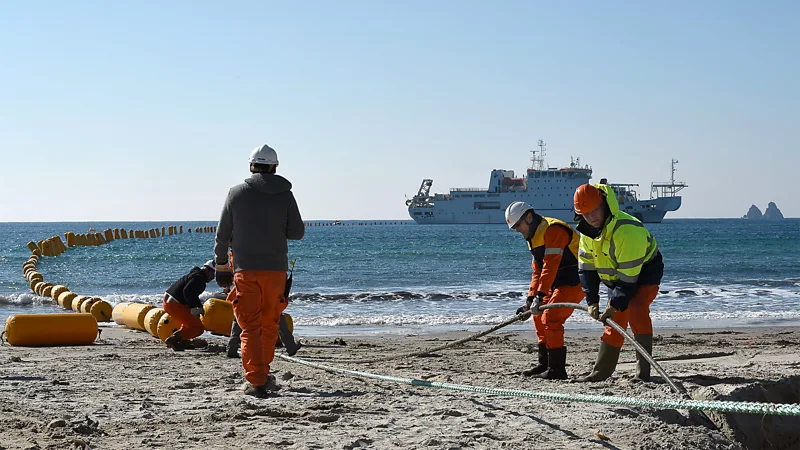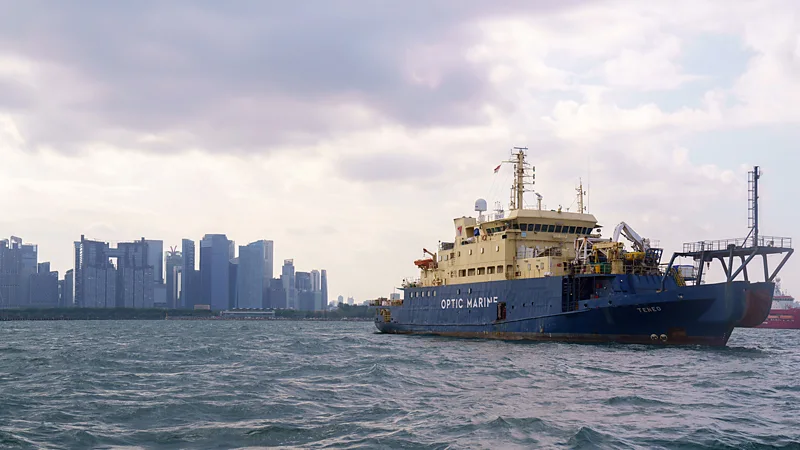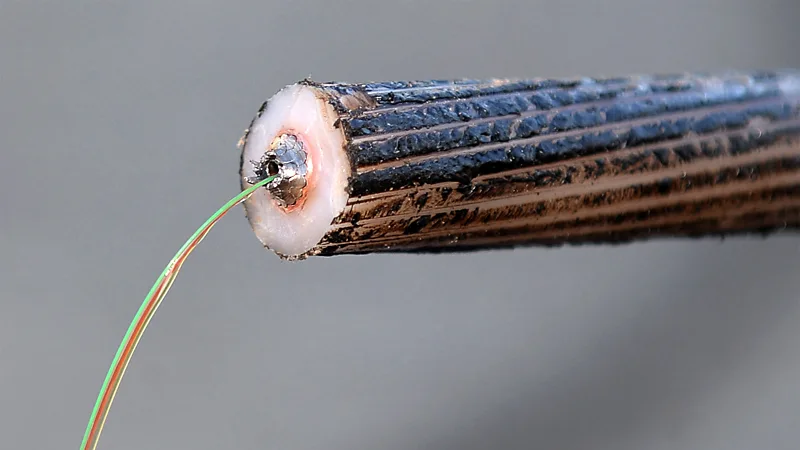Ninety-nine percent of global digital communications rely on subsea cables, spanning over 1.4 million kilometers across the world’s oceans. These slender cables, often just 2cm in diameter, transfer vast amounts of data, making them a crucial component of modern communication. But when they break, it can spell disaster for a country’s internet connectivity. So, how do repair teams fix faults at the bottom of the ocean?

The 1929 Newfoundland Earthquake: A Pioneering Discovery
On November 18, 1929, a 7.2 magnitude earthquake struck off the coast of Newfoundland, Canada, triggering a submarine landslide that snapped 12 transatlantic subsea cables in 28 places. The breaks didn’t occur simultaneously; instead, they happened in sequence, puzzling scientists. It wasn’t until 1952 that researchers understood the cause: a turbidity current, or underwater landslide, had smashed through the cables. This groundbreaking discovery shed light on ocean movements and the existence of submarine landslides.
The Global Network: Resilience and Vulnerability
Today’s network of subsea cables is remarkably resilient, with only 150-200 instances of damage per year, considering its vast extent. However, the biggest threat to these cables isn’t natural disasters but human activities, such as anchor drops or trawler net dragging, which account for 70-80% of faults. Sharks biting through cables are now an urban legend, thanks to the use of Kevlar-reinforced cables.

Repairing the Unseen
When a fault is detected, a repair ship is dispatched to locate and fix the issue. Strategically positioned around the world, these vessels can reach most locations within 10-12 days. The repair process involves:
-
Deploying a grapnel to lift and snip the cable.
-
Pulling one loose end to the surface and reeling it in.
-
Analyzing and repairing the damaged section.
-
Splicing optical fibers together under a microscope.
-
Sealing and re-lowering the repaired cable.
Redundancy: The Safety Net
To minimize disruptions, many countries have redundant cables and bandwidth. This allows other cables to compensate for damaged ones, ensuring uninterrupted internet services. In extreme events, redundancy can be the only thing keeping a country online.
Scientific Insights from the Deep
Laying and repairing subsea cables has led to unexpected scientific discoveries:
-
Acoustic sensors detect whales, ships, storms, and earthquakes.
-
Cable damage provides insights into deep-sea hazards.
-
Climate change affects cable laying and maintenance.
Challenges Ahead
Despite advancements, challenges persist:
-
Volcanic eruptions, like the 2021-2022 Hunga Tonga-Hunga Ha’apai eruption, can destroy cables.
-
Climate change increases sediment flows, threatening cables.
-
Fishing and shipping activities require improved awareness to avoid cable damage.

The Future of Subsea Cables
As the world relies increasingly on digital communication, the importance of subsea cables grows. To mitigate risks:
-
Geographic diversity of cable routes is crucial.
-
Automatic identification systems (AIS) reduce anchoring damage.
-
Awareness campaigns inform fishing and shipping communities about cable locations.
The intricate network of subsea cables demands careful maintenance and planning to ensure uninterrupted global communication. By understanding the complexities of these underwater highways, we can better appreciate the hidden world that keeps our digital lives connected.